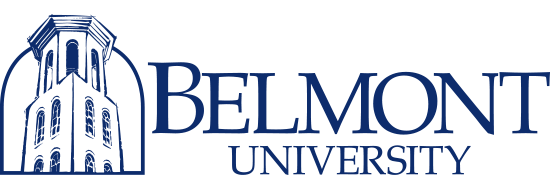Publication Date
Summer 8-4-2022
Abstract
This paper analyzes six elements of cinematic language (color and lighting, dialogue, timing, sound, performance, and mise-en-scéne) and considers how each can be effectively utilized in live commercial music performances, particularly within a college music program. By learning the science behind color choices and how they affect performance, perception, and mood, student artists and ensemble directors can make more intentional choices with costuming, staging, and lighting to heighten emotional responses from the audience. A thorough discussion of how filmmakers use each of these elements to trigger psychophysiological reactions along with examples of how they can be applied to live performance provides powerful and practical teaching tools for directors and valuable experiences for the student artists. The live cinematic experience is explained as an event in which the audience feels collective emotions and a strong sense of community. Implementing the concepts of cinematic language as shown in this paper creates an experience in which a college music program is appealing as a viable option for students pursuing a music career outside of academia, the students learn marketable skills, and their audiences are granted powerful and memorable experiences.
Major Mentor
Tony Moreira, D.M.A.
Second Mentor
Lina Sheahan, M.A.
Third Mentor
Kathryn Paradise, M.M.
Department
Music, School of
College
Music and Performing Arts, College of
Document Type
Thesis
Degree
Master of Music (MM)
Degree Level
Master's
Degree Grantor
Belmont University
Recommended Citation
Wigginton, James R., "Live Performance as a Cinematic Experience Within a College Program" (2022). Recital Papers. 34.
https://repository.belmont.edu/music_recitals/34



